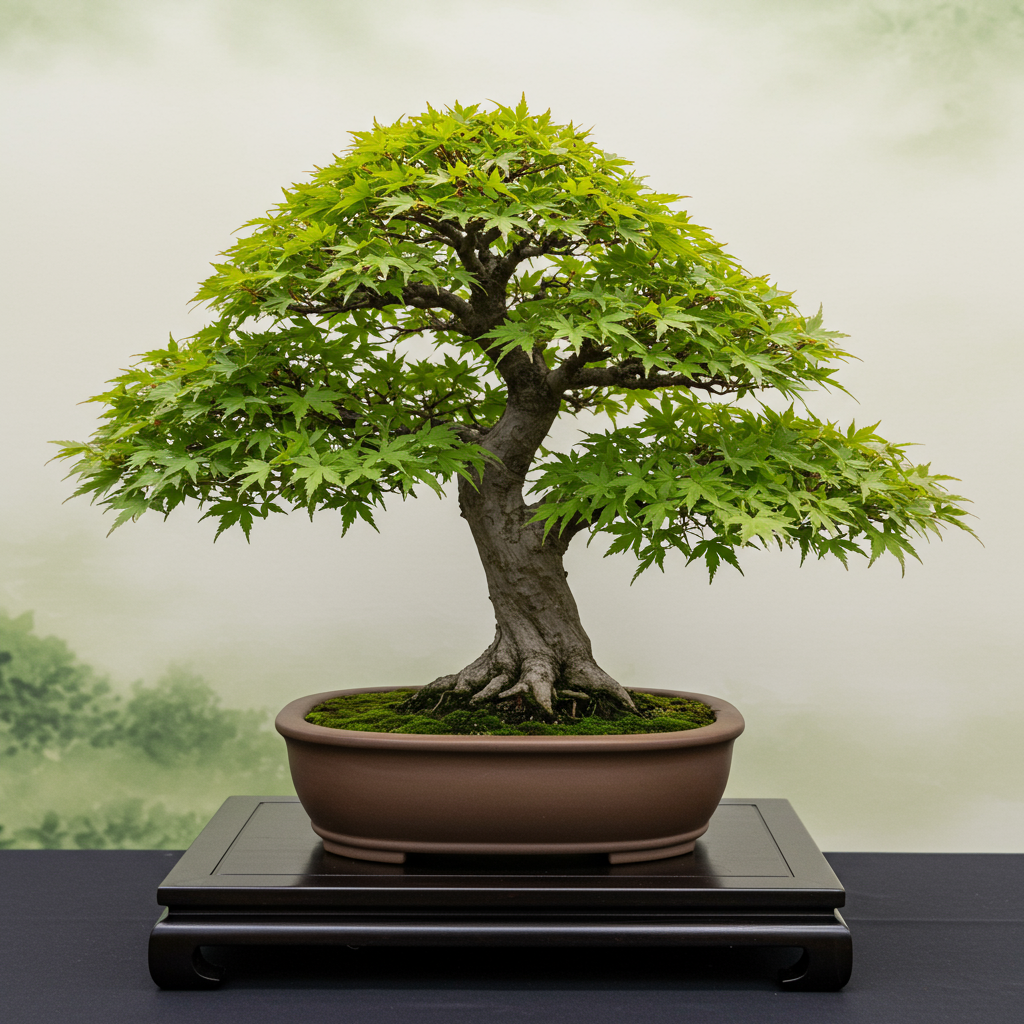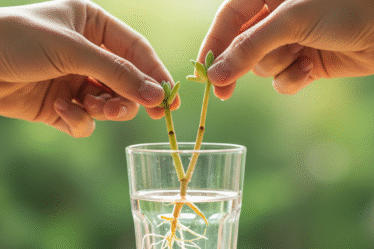
Bonsai, the art of cultivating miniature trees, captivates with its blend of horticulture and artistry. More than just small trees in pots, bonsai represent a living sculpture, a testament to patience and the beauty of nature condensed. This beginner’s guide will delve into the fascinating world of bonsai, providing you with the essential knowledge to embark on this rewarding journey.
Choosing your first bonsai can feel overwhelming. Consider species suited to your climate and experience level. Ficus, Chinese Elm, and Japanese Maple are popular choices for beginners due to their resilience and adaptability. Researching the specific needs of your chosen species is crucial for its long-term health and aesthetic development.
Proper potting and soil are paramount to bonsai success. Unlike conventional houseplants, bonsai thrive in a specialized soil mix that provides excellent drainage while retaining sufficient moisture. Repotting, typically every two to three years, allows for root pruning and refreshing the soil, promoting healthy growth. This process, while delicate, is vital for maintaining the miniature size and shape of your bonsai.
Watering is a critical aspect of bonsai care. The frequency depends on factors like the species, pot size, and climate. Overwatering can lead to root rot, a common issue for beginners. The key is to water thoroughly when the soil surface feels slightly dry, ensuring the water drains completely from the drainage holes. Avoid letting the soil completely dry out, as this can also harm the tree.
Pruning and shaping are the artistic expressions of bonsai cultivation. Regular pruning maintains the desired size and shape, encouraging the development of finer branches and denser foliage. Wiring, a more advanced technique, allows for further manipulation of the branches, creating elegant curves and angles. Remember, pruning should be done with precision and care, respecting the natural growth patterns of the tree.
Sunlight is essential for bonsai health. Most species require several hours of direct sunlight each day. However, the specific requirements vary depending on the species. Observe your bonsai’s response to sunlight and adjust its placement accordingly. Insufficient light can lead to weak growth and leaf drop.
Fertilizing provides the necessary nutrients for healthy growth. Use a balanced, water-soluble fertilizer specifically formulated for bonsai. Fertilize regularly during the growing season, typically spring and summer, and reduce or stop fertilizing during the dormant period in fall and winter. Over-fertilizing can be detrimental, so follow the instructions on the fertilizer packaging carefully.
Finally, understanding the natural lifecycle of your chosen species is crucial. Bonsai, like all trees, experience periods of growth and dormancy. Recognizing these cycles and adjusting your care accordingly will contribute significantly to the long-term health and beauty of your miniature marvel. Embark on this journey with patience, observation, and a willingness to learn, and you’ll find immense satisfaction in nurturing these living works of art.



